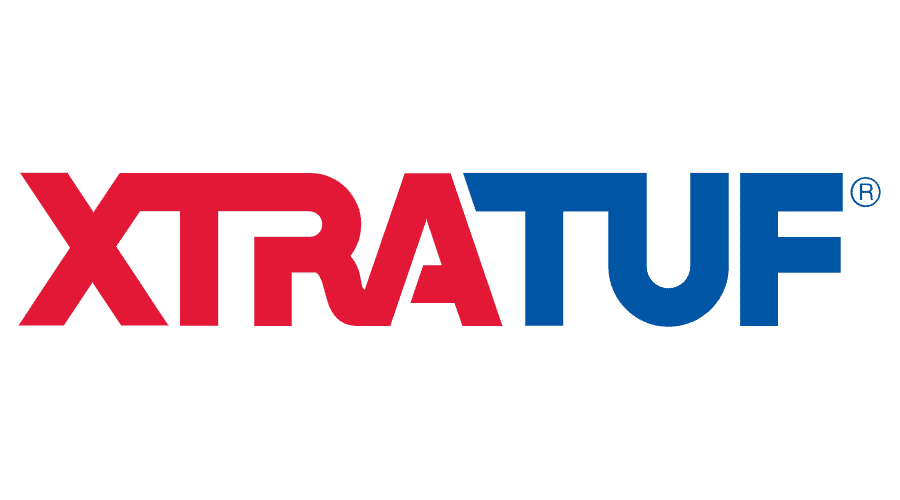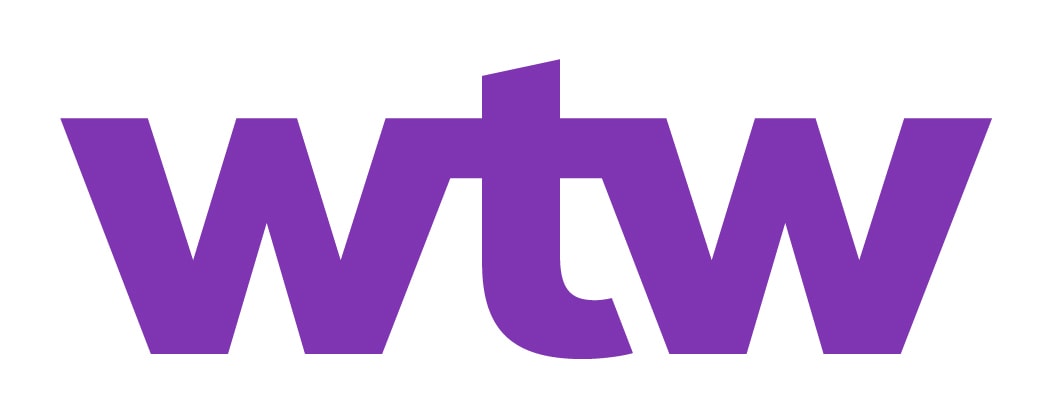May 08, 2023
Competition
An Introduction to Coastal Rowing
I started as a traditional flatwater rower. After watching the Olympics in 2012, I thought the sport looked exciting. So, I decided to find my local rowing club and pick up an oar for the first time. After nine years in the sport, I was bouncing between racing lightweight and heavyweight when my coach Marc Oria came to me and asked if I wanted to try coastal. It piqued my curiosity, so I gave it a shot. Having been involved in coastal for three years now, I have learned a lot. I wanted to take some time to describe how it differs from flatwater and share the year's upcoming travel schedule.
In coastal rowing, there are two main types of events. The first is Beach Sprints, which is a 500-meter slalom race. Each competitor starts behind a starting line on land. When the flag drops, each competitor sprints down the beach and leaps into their boat. From this point, each rower must navigate a slalom course buoy 1 on port, buoy 2 on starboard, and buoy 3 (turn buoy) on port where you make a 180 degree turn and race straight back to the beach. Once you reach the beach, the race is not over. Each competitor must leap out of the boat, sprint around their lane flag and back to the start/finish line where you hit a buzzer to stop your time. Although it is a much shorter race than the traditional 2,000-meter flatwater race, do not underestimate the intensity. All racing is head-to-head and the winner moves further along in the bracket, racing every seven minutes.
The second style of coastal racing is the endurance format. This format consists of a 4,000-meter heat and a 6,000-meter final. For me, the most exciting thing about this type of racing is that each heat consists of 20 boats and every course is different. Memorizing where each buoy is placed is hugely important because there are penalties for missing them. Depending on the conditions of racing, you may or may not be able to see the next buoy, making it imperative that you have a good sense of direction while on the water.
This year is a particularly busy year for coastal rowing and international racing. This week, I travel to Lima, Peru, for the first major event of the year. From April 30 to May 10, I will compete in all disciplines of the sport. There will be beach sprints, endurance, and a special 23km endurance event from Chucuito to Jose Olaya.
The full coastal race schedule is posted below:
Lima, Peru – April 30 - May 10
San Jose, Costa Rica – May 21-28
Los Angeles, USA – June 21-23
Bali, Indonesia – August 5-12
Barletta, Italy – September 29 - October 8
Monaco – November, dates TBD
As the coastal team gears up for a full season of training and racing, we can't wait to spend more time on the beach with our toes in the sand and sun in our hair.






















